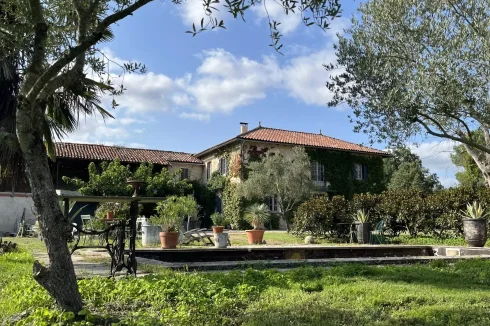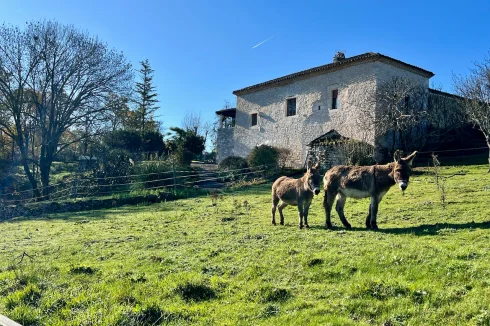Taxe Foncière 2021
Tuesday 26 October 2021
Last month, the French tax authority sent out to all home-owners their annual taxe foncière rates bill.
Each autumn the local rates bill for the year drops into the mailbox of property owners. As the bill is a significant one, most households opt for monthly payments over the year.
For some households it can be a double whammy as there is the other local rates, the taxe d'habitation, to pay, but as we have reported previously, this tax is in the process of being phased out for principal residences by 2023, with most households exempt this year.
The level of the taxe foncière is determined from a notional annual rental value of the property.
The amount payable each year is revised by three elements:
- the annual revision of rateable values (revalorisation forfaitaire) determined by the government;
- the percentage rate (taux d'imposition) or multiplier that is applied to those values by local councils and;
- any changes in the rateable value of a property due to major improvements that may have been carried out by the owner..
Much has been made in the press in France in recent weeks of a report by a the landlords association, the Union nationale des propriétaires immobiliers (UNPI), of an "explosion" of nearly 30% in the tax over the past 10 years. However, the study only covered the 50 main towns and cities, and it muddles a range of different methods to determine the increase. Some towns have certainly had some large increases, but only once in the last 10 years has the national average rate increase been higher than 2% (2.2%).
If a wider approach it taken, then according to tax consultants FCL, the increase is far more modest, particularly over the past 5 years (circa 6%). However, there are significant differences between local councils, as a result of which there is only limited explanatory value in aggregating the numbers.
Much of the increase can be attributed to the increase in property values, which results mechanically in an increase in the tax. Local councils have also been obliged to increase the rate they impose due to a reduction in government grants and the loss of income from the taxe d'habitation. The growth in the number of new inter-communal councils has also been a factor. See our article Merger of Town Halls.
According to FSL, this year the level of the rate (taux d'imposition) set by the majority of municipalities will remain the same as in 2020. Nationally, the increases average out at +0,3%, after two years when they decreased -0.3% in 2019 and -0.4% in 2020.
The increase in rateable values (revalorisation forfaitaire) by central government is 0.20% this year. Over the past 5 years the increase has been 5.3% and over the last 10 years 12.2%, according to figures from the French tax authority (DGFiP).
This revaluation of the base will be abolished from 2026, the scheduled date for the implementation of the revision of the rental values of residential premises. Some home owners may well then find their bills go up considerably, but it remains to be seen if the government introduces a dampening mechanism.
The result this year is that overall increases will be modest in the overwhelming majority of areas, with some households even seeing a reduction in their bill.
There are also various exemptions to the tax, which you can find in our comprehensive Guide to Taxe Foncière and at Rates Relief for Energy Conservation Works.
A recent report by the French tax authority, the DGFiP, provides a analysis of average taxe foncière bills across the country. On a national basis, in 2020 the average bill for a house was €908, whilst for an apartment it was €747.
These figures do, however, appear to exclude several ancillary taxes that are collected with the tax, such as the rubbish collection tax, the Taxe d'Enlèvement des Ordures Ménagères (TEOM).
The highest average annual taxe foncière bills are (with the exception of Paris) in the departments of the Ile-de-France region, up to circa €1,200. At the other end of the scale, those mainland departments with the lowest bills are Indre and Creuse, both averaging €563 a year.
The graphic below shows a cartographic representation of average bills in each department, with those coloured yel the lowest bills and those dark blue the other end of the spectrum.

The following table shows the average figures for each department in 2020. These are of course 'averages', so individual bills will vary by size, location, and amenities of the property.

Source: DGFiP
Thank you for showing an interest in our News section.
Our News section is no longer being published although our catalogue of articles remains in place.
If you found our News useful, please have a look at France Insider, our subscription based News service with in-depth analysis, or our authoritative Guides to France.
If you require advice and assistance with the purchase of French property and moving to France, then take a look at the France Insider Property Clinic.





